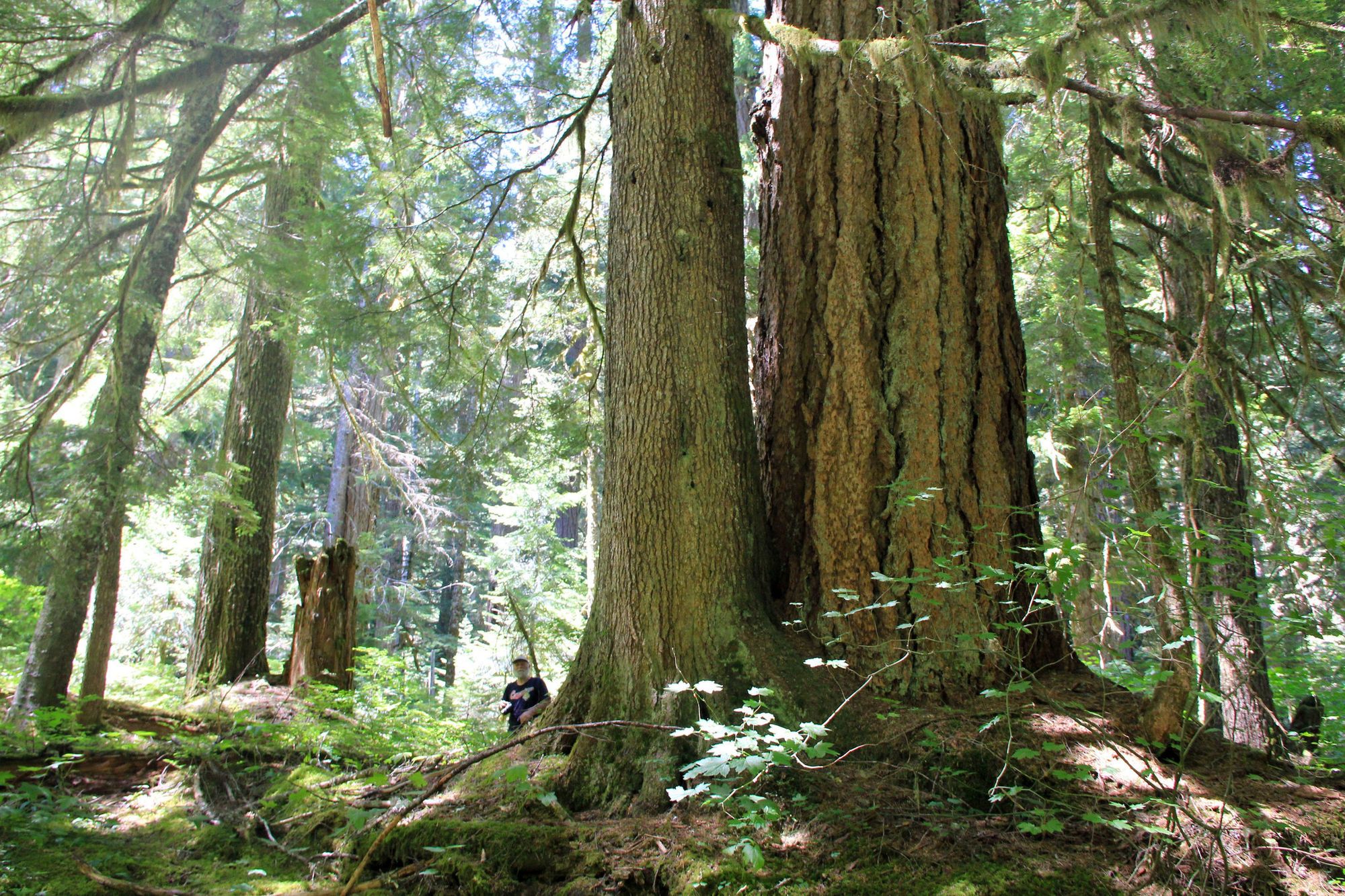Expert says trees can make friends and take care of each other

João Rabay - 07/10/2016 | Updated on - 10/02/2018
Trees are not “ organic robots ” that only produce oxygen and wood. They are able to choose what to do, have memories and even different personalities. They are also able to befriend and help each other. The German Peter Wohlleben , a tree specialist and a ranger with years of experience, says it .
Advertising
Last year, he released a book, called A Vida Escondida das Árvores (still without a Brazilian version), which became a best-seller in Germany and was translated into 19 languages, including Portuguese from Portugal. In it, the author explains in a relaxed way what he learned in the decades he worked in the country's forests.

Photo: Gordon Welters/NY Times
According to Peter, forests are a large community that lives together. “ When I was studying, I learned that trees compete with each other for light and space. Years later, I realized that it was the other way around: they help each other ”. The conclusion came when, walking through the forest he cares for, near the Belgian border, he found a tree stump still alive.
The stump was 400 to 500 years old , and had no branches or leaves. How could he stay alive? The answer he found is that the surrounding trees gave him a sugary solution through the roots, which allowed him to continue nourishing himself.

Photo: Peter Wohlleben
Advertising
Trees communicate through electrical signals transmitted by the roots and chemical signals through the huge fungi that lie beneath the ground . They warn each other of dangers such as insects, periods of drought or even human action, with branches being cut.
Peter's vision of trees was not always this: for several years he worked on taking care of them so that they would become good sources of wood . He chose which ones were ready and cut them. His gaze changed when, leading groups through the forest, he realized that tourists liked gnarled trees, which he considered bad for felling.

Photo: Ranger McGrane
Advertising
These crooked trunks made him realize that trees do not always compete for space: sometimes they do their best to grow without disturbing their neighbors, demonstrating a great sense of community. " We don't even know half of what happens under the earth, and for the last century science has looked at nature as if it were a machine ."
Peter also says that trees are not always friendly, and sometimes band together against other species to preserve their resources. "Beech trees tend not to accept the presence of oaks, hindering them until they weaken." And each species has a personality: “ Willows are solitary, their seeds fly far and trees grow fast. But, alone, they don't live long” . The trees in cities are, according to him, "isolated and fighting against the odds, since they don't have strong roots ".

Photo: Playback/ Intelligent Trees
Advertising
But he doesn't like to be seen as a “ tree hugger ”, as he defines it. Peter points out that what he writes is supported by scientific research, such as that of Professor Suzanne Simard , from the University of British Columbia , whom he joined to release a documentary, called Intelligent Trees , with the aim of spread your knowledge. Check out the trailer, in English: